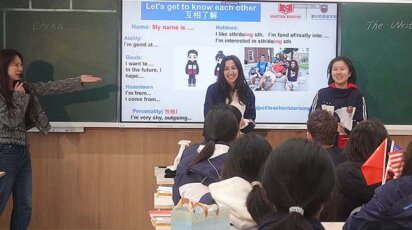News
Lower School Celebrates Latinx Heritage
In October, each grade in Lower School has been studying a different Latin country as part of the celebration of Latinx Heritage Month.
Their hard work culminated on Friday, October 16 with a live-streamed virtual Latinx Celebration assembly. Head of Lower School Dr. Francis Yasharian began the celebration by singing “De Colores” accompanied by music teachers Jennifer Nelson P’12, ‘14, 19 and Stephen Taylor.
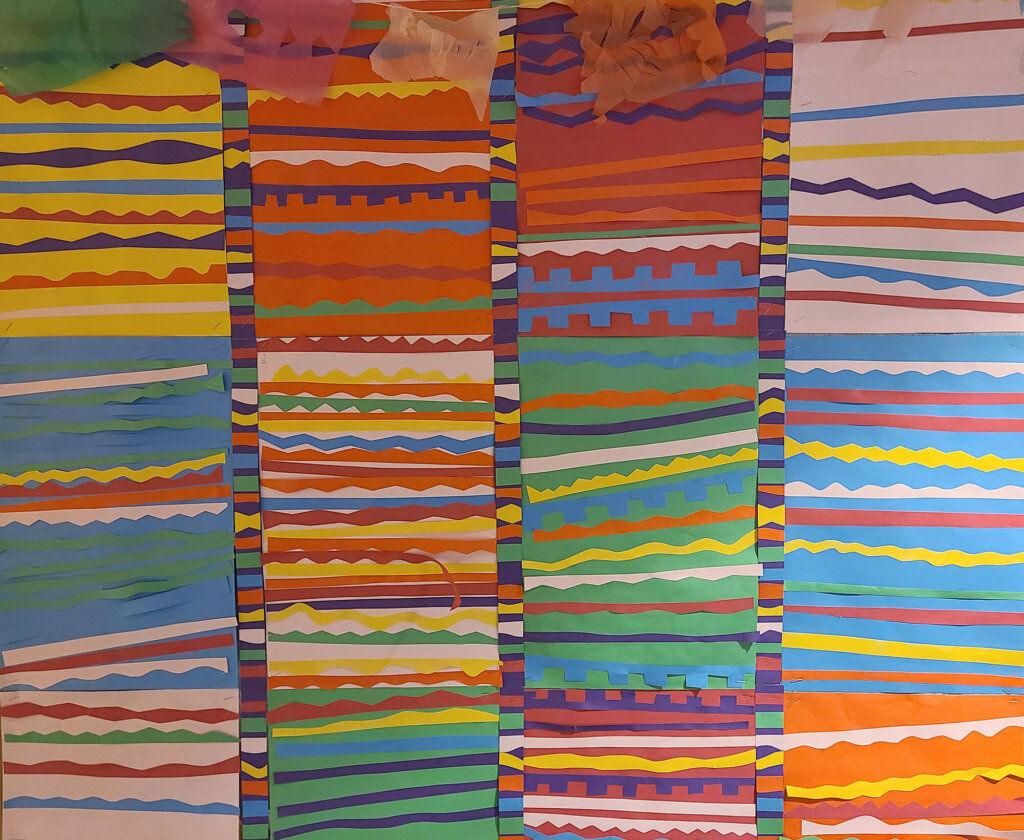
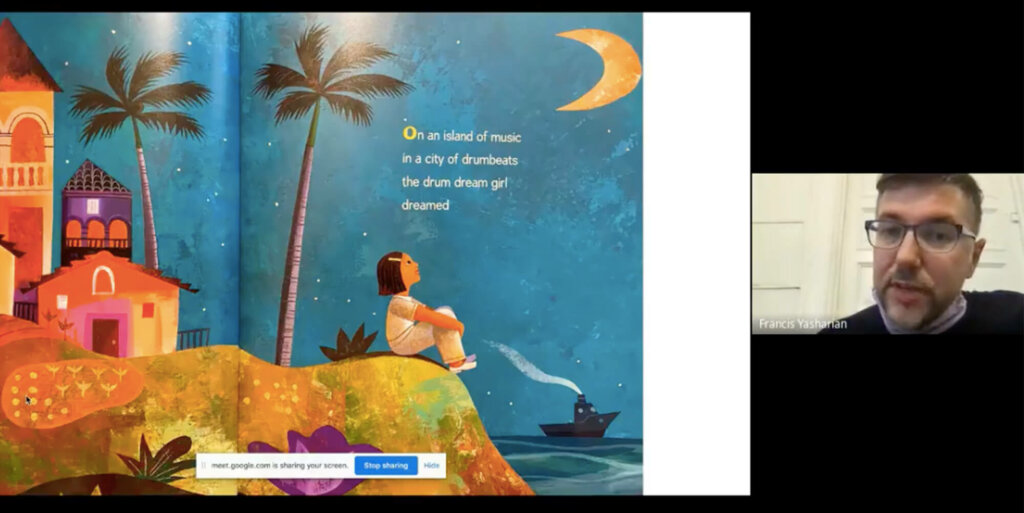
Dr. Yasharian presented a special read-aloud for the occasion, sharing the book Drum Dream Girl: How One Girl’s Courage Changed Music by Margarita Engle and beautifully illustrated by Rafael Lopez. Dr. Yasharian explained this was the true story of Millo Castro Zaldarriaga, a Chinese-African-Cuban girl who broke Cuba’s traditional taboo against female drummers.
It was then time to share a video that showcased what each grade had been working on throughout October.
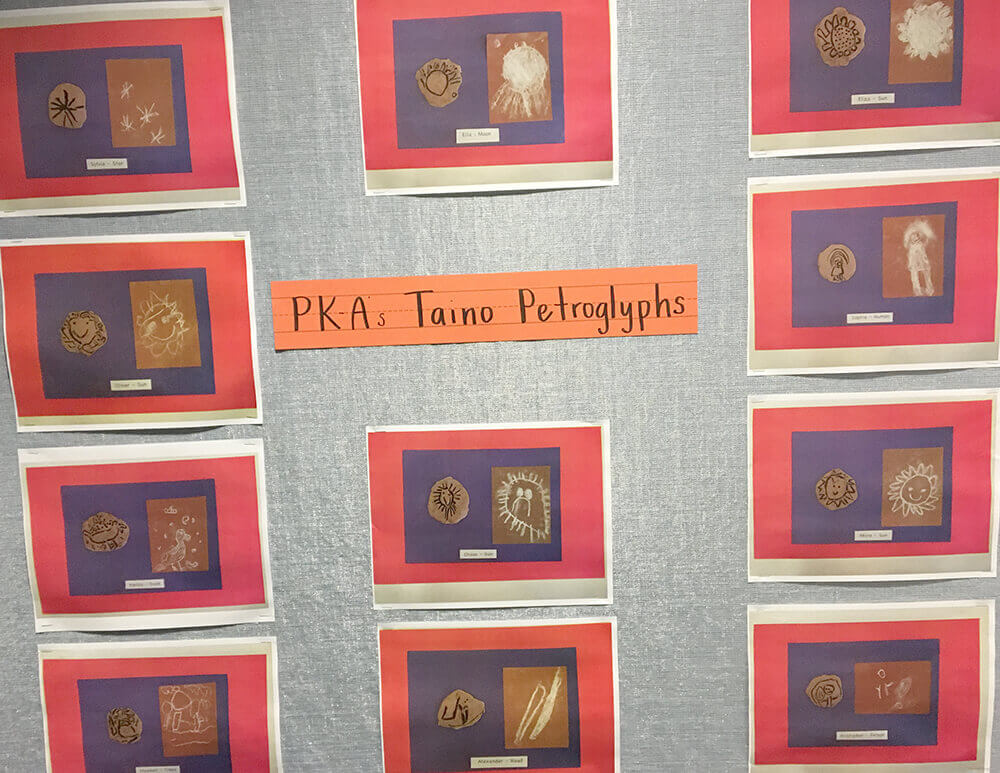
PreK studied Puerto Rico, and PreK A specifically studied the Taino people and their petroglyphs, which are rock drawings, said Associate Teacher Alexa Alifonso. They reproduced the Taino images as they saw them as a duck, the moon, or perhaps the sun.
“We made the Puerto Rican Flag out of the children’s hand prints,” said PreK C teachers Devon Mennella and Jack Redell. The palms are dark blue and the fingers are red and white. Children painted a white star on the blue field of the flag.
In Nursery, teacher Karen Richardson said the children had studied Colombia and threaded green beads on green pipe cleaners to create Colombian Emerald bracelets because the country is rich in emeralds.
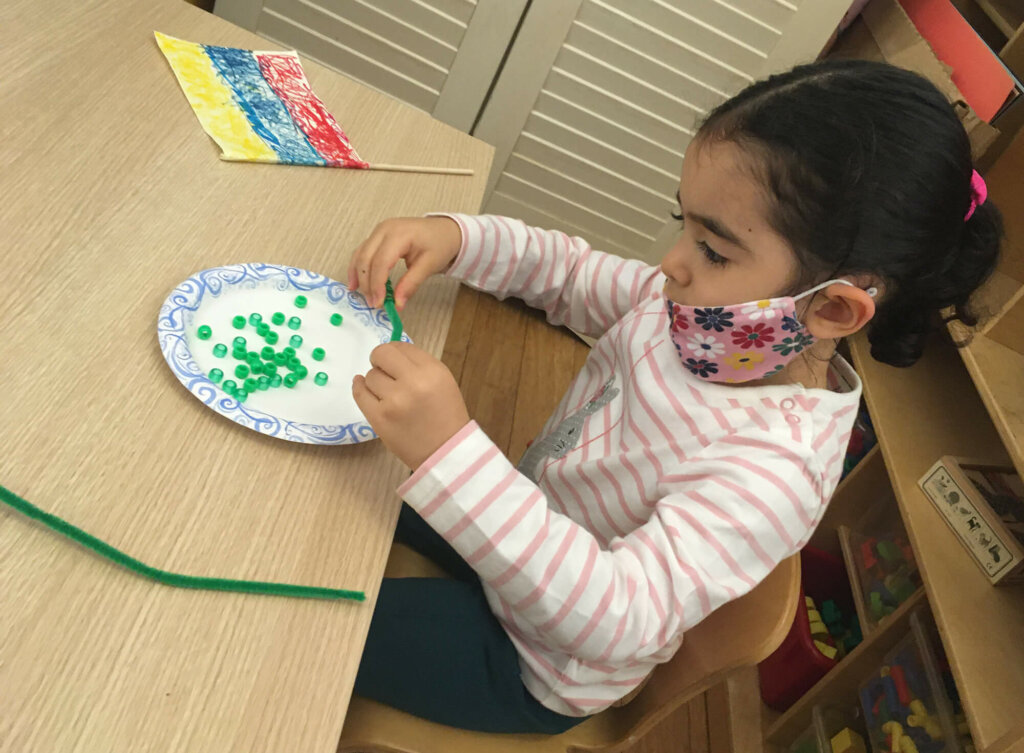
“For Hispanic Heritage Month,” said teacher Kim Davis, “Kindergarten is studying Mexico. Kindergartners made papel picados with Ms. Ely. Papel picado originated from Mexico and means ‘punched paper.’ The tradition of using papel picado originates from the practices by Aztecs. Students also watched videos and learned how hand weaving of traditional Zapotec rugs has been done by the indigenous Zapotec people in Oaxaca, Mexico for hundreds of years. The children were inspired to create their own version of Zapotec rugs.” Kindergartners also made worry dolls, Davis said. In tradition, children would tell their troubles to a worry doll, then hide it under their pillow during the night. In the morning, all the troubles would be taken away by the worry doll.


First graders studied the Dominican Republic and read the book, If Dominican Were a Color, by Sili Recio, which evokes the colors of the Dominican Republic from the yellow of maize, to the “blazing red” of sunset. “We wrote and drew about what we would like to do if we visited the Dominican Republic,” said Grade 1 C teacher Susie Brandmeyer. Children said they might go to the beach, climb trees or find animals.
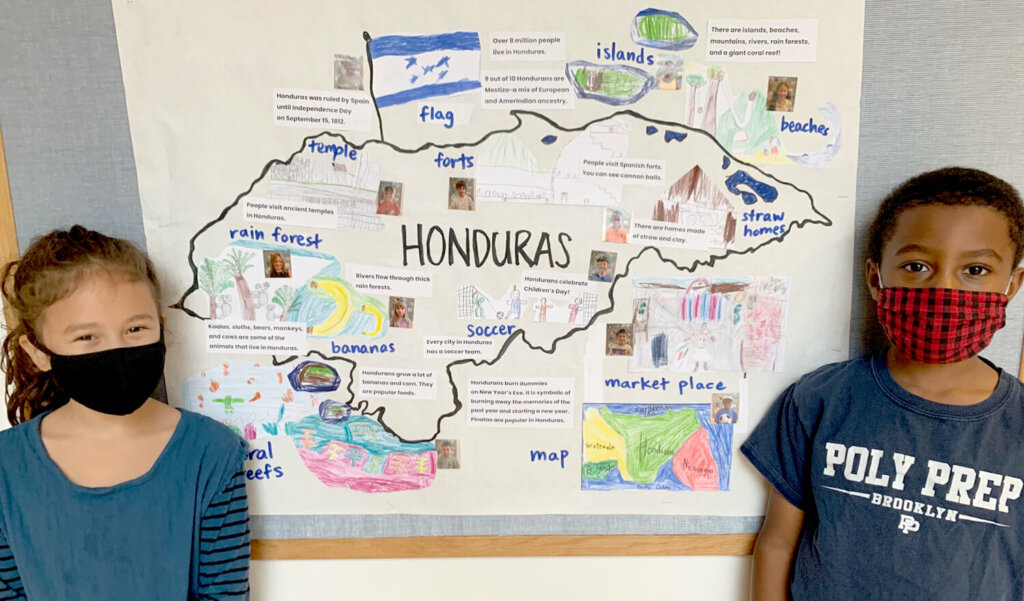
Grade 2 studied Honduras and created a beautifully illustrated map, which was divided like a jigsaw puzzle into sections about the people, history, and nature.

Grade 3 studied Cuba. In drama class with Ms. Rice, third graders wrote and recorded monologues about well-known Latinx people such as Lin Manuel Miranda and Frida Kahlo.
Grade 4 did a very extensive study of Venezuela. “We studied Venezuela, including education, culture, music, food, lifestyle, geography, and animals,” said teacher Garrett Kennedy. The students presented their work in a PowerPoint presentation. In a section on “The Venzuelan Food Crisis,” Catherine U. ’29 reported, “More than a ½ of kids don’t go to school because they need to make money for their family. One of the most common jobs is working in a landfill. Another reason they don’t go to school is because they don’t get enough food so they can’t focus and won’t learn anything.”

The presentation included examples of Joropo, folk, and calypso music. Fourth graders also reported that “The Top 5 Most Traditional Dishes of Venezuela” are: arepas, cachapas, tequenos, hallaca, and Pabellon Criollo, “the national dish.”

Dr. Yasharian concluded the assembly by saying, “We learn so much about the past and continue to learn,” before wishing a “Happy Birthday” to anyone celebrating an October birthday.

